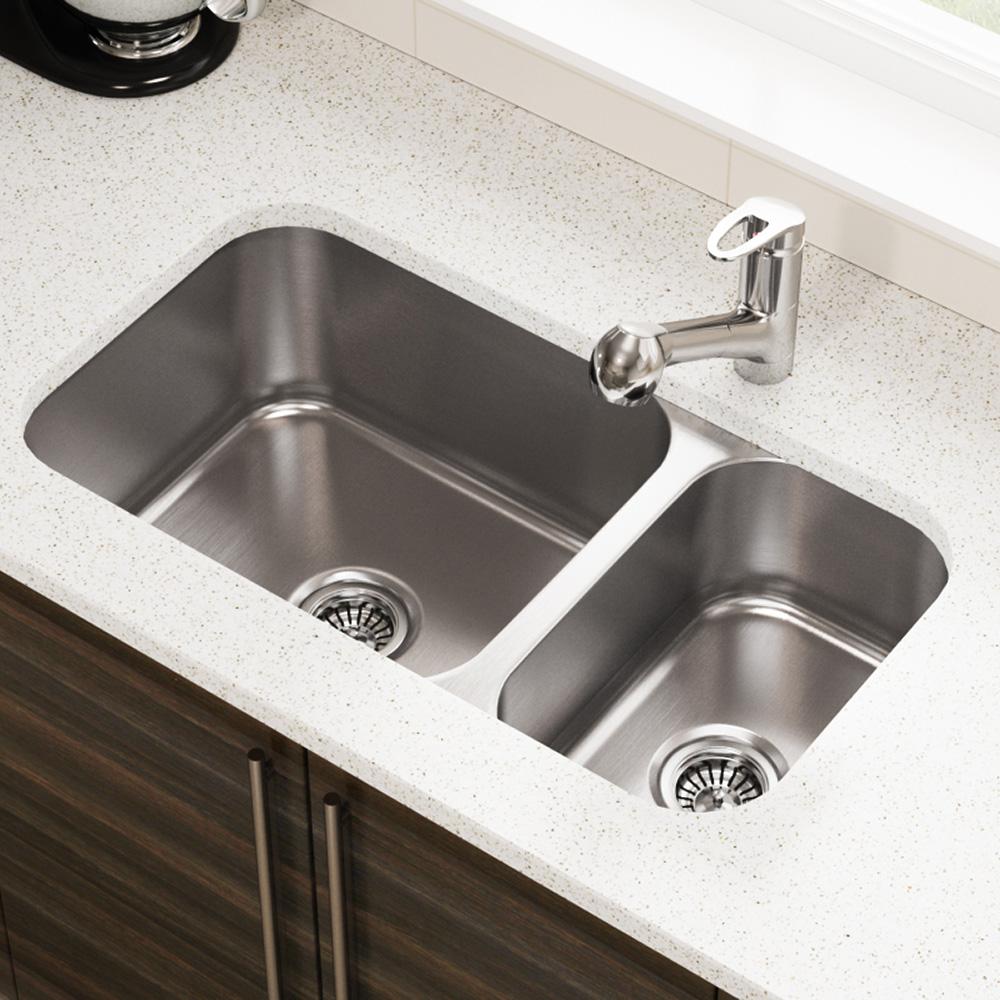

In the beginning stainless steel was sold in the US under different brand names like 'Allegheny metal' and 'Nirosta steel'. Brearley and Haynes pooled their funding and with a group of investors formed the American Stainless Steel Corporation, with headquarters in Pittsburgh, Pennsylvania. Brearley applied for a US patent during 1915 only to find that Haynes had already registered a patent. The metal was later marketed under the 'Staybrite' brand by Firth Vickers in England and was used for the new entrance canopy for the Savoy Hotel in London in 1929. The discovery was announced two years later in a January 1915 newspaper article in The New York Times. In 1912, Elwood Haynes applied for a US patent on a martensitic stainless steel alloy, which was not granted until 1919.Īlso in 1912, Harry Brearley of the Brown-Firth research laboratory in Sheffield, England, while seeking a corrosion-resistant alloy for gun barrels, discovered and subsequently industrialized a martensitic stainless steel alloy. Similar developments were taking place contemporaneously in the United States, where Christian Dantsizen and Frederick Becket were industrializing ferritic stainless steel. On 17 October 1912, Krupp engineers Benno Strauss and Eduard Maurer patented austenitic stainless steel as Nirosta. In 1911, Philip Monnartz reported on the relationship between chromium content and corrosion resistance. Between 19 several researchers, particularly Leon Guillet of France, prepared alloys that would today be considered stainless steel.įriedrich Krupp Germaniawerft built the 366-ton sailing yacht Germania featuring a chrome-nickel steel hull in Germany in 1908.

In the late 1890s Hans Goldschmidt of Germany developed an aluminothermic (thermite) process for producing carbon-free chromium. Metallurgists of the 19th century were unable to produce the combination of low carbon and high chromium found in most modern stainless steels, and the high-chromium alloys they could produce were too brittle to be practical. The corrosion resistance of iron-chromium alloys was first recognized in 1821 by French metallurgist Pierre Berthier, who noted their resistance against attack by some acids and suggested their use in cutlery.
Stainless cracked#
Unlike stainless steel, however, these artifacts owe their durability not to chromium but to their high phosphorus content, which, together with favorable local weather conditions, promotes the formation of a solid protective passivation layer of iron oxides and phosphates, rather than the non-protective cracked rust layer that develops on most ironwork. A famous example is the Iron Pillar of Delhi, erected by order of Kumara Gupta I around AD 400. Passivation occurs only if the proportion of chromium is high enough and oxygen is present.Ī few corrosion-resistant iron artifacts survive from antiquity. Stainless steels contain sufficient chromium to form a passive film of chromium oxide, which prevents further surface corrosion by blocking oxygen diffusion to the steel surface and blocks corrosion from spreading into the metal's internal structure, and, due to the similar size of the steel and oxide ions, they bond very strongly and remain attached to the surface. This iron oxide film (the rust) is active and accelerates corrosion by forming more iron oxide and, because of the greater volume of the iron oxide, this tends to flake and fall away.

Unprotected carbon steel rusts readily when exposed to air and moisture. Stainless steel differs from carbon steel by the amount of chromium present. Stainless steel is used where both the properties of steel and corrosion resistance are required. There are different grades and surface finishes of stainless steel to suit the environment the alloy must endure. Stainless steel does not readily corrode, rust or stain with water as ordinary steel does but, despite the name, it is not fully stain-proof, most notably under low-oxygen, high-salinity, or poor-circulation environments. In metallurgy, stainless steel, also known as inox steel or inox from French "inoxydable", is a steel alloy with a minimum of 10.5% chromium content by mass.


 0 kommentar(er)
0 kommentar(er)
